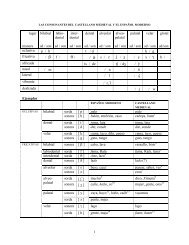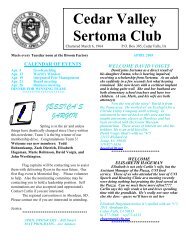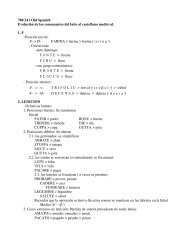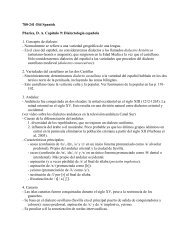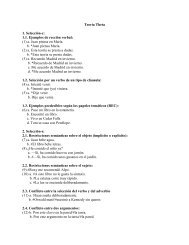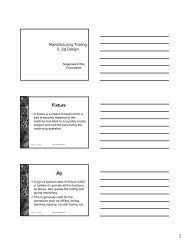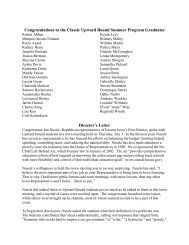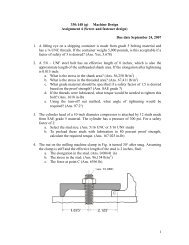Copyright© 2007 The STORM Project 1 Activity 5 Fronts Level 2 http ...
Copyright© 2007 The STORM Project 1 Activity 5 Fronts Level 2 http ...
Copyright© 2007 The STORM Project 1 Activity 5 Fronts Level 2 http ...
You also want an ePaper? Increase the reach of your titles
YUMPU automatically turns print PDFs into web optimized ePapers that Google loves.
5. How do the temperatures ahead the warm front compare to the temperatures<br />
behind the warm front?<br />
6. Is there any precipitation near the warm front? If so, where?<br />
Explain:<br />
Answer the following questions.<br />
1. What weather would you expect a city to have if it is…<br />
a. ahead of a cold front?<br />
b. behind a cold front?<br />
c. ahead of a warm front?<br />
d. behind a warm front?<br />
Extend:<br />
This activity will assist students in interpreting weather maps on which fronts are<br />
identified. From the activity website,<br />
<strong>http</strong>://www.uni.edu/storm/activities/level2/act5.shtml, access the Current US Weather<br />
map.<br />
1. Locate a city just ahead of a cold front (if one exists today), and write the name of<br />
that city on your paper.<br />
a. What changes in wind direction will you expect for that city as the front<br />
passes by?<br />
b. At the time the front passes the city, what changes do you expect in<br />
temperature?<br />
2. Locate a city just ahead of a warm front (if there is one today), and write the name<br />
of that city on your paper.<br />
a. What changes would you expect in cloud cover for this city as the warm<br />
front arrives?<br />
b. As the warm front passes, what changes would you expect in wind<br />
direction?<br />
c. After the front passes, what changes in temperature would you expect for<br />
this city?<br />
3. In which of the two cities would you expect some type of precipitation?<br />
4. Obtain the same surface map several hours later (or the next day), and write how<br />
well you predicted the weather for the cities.<br />
Evaluate:<br />
1. Collect student sheets.<br />
For Further Inquiry:<br />
As your students, “If cold fronts move about twice as fast as warm fronts, what should<br />
happen to the distance between the fronts over time?” Have students design an<br />
investigation to answer this or any other questions they have about fronts.<br />
<strong>Copyright©</strong> <strong>2007</strong> <strong>The</strong> <strong>STORM</strong> <strong>Project</strong> 2





